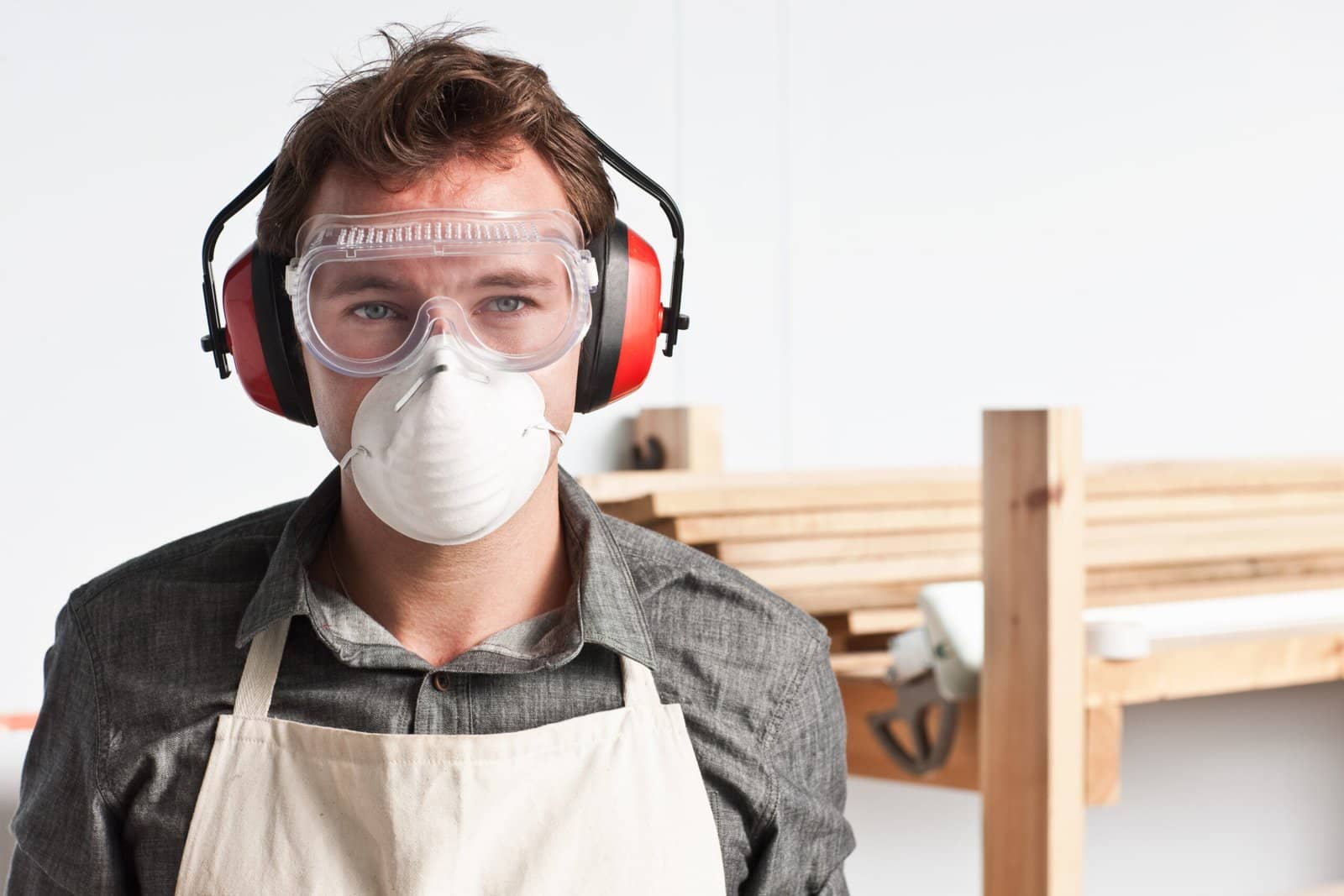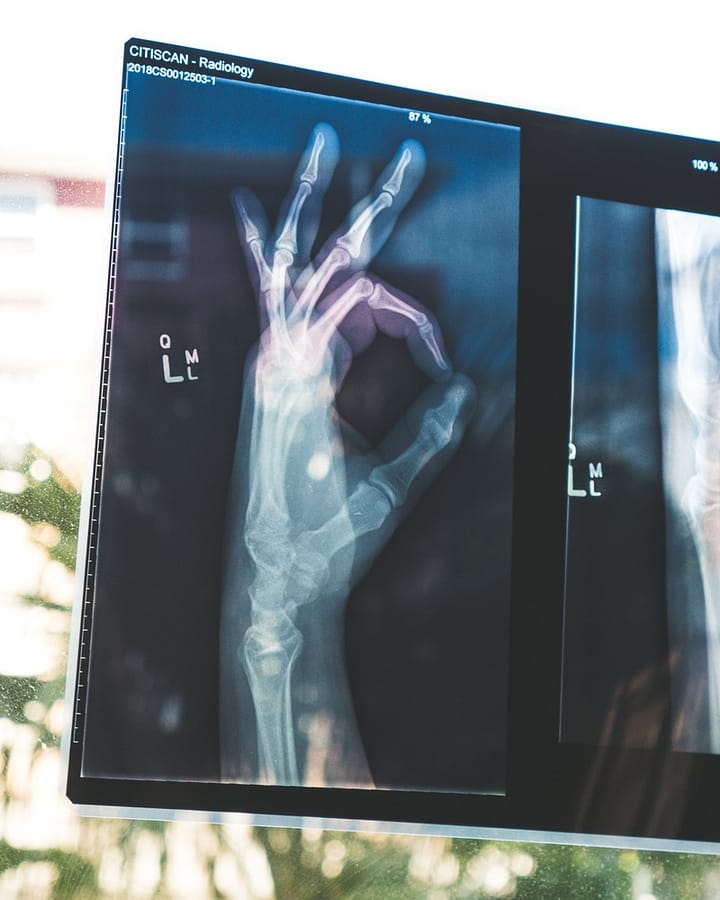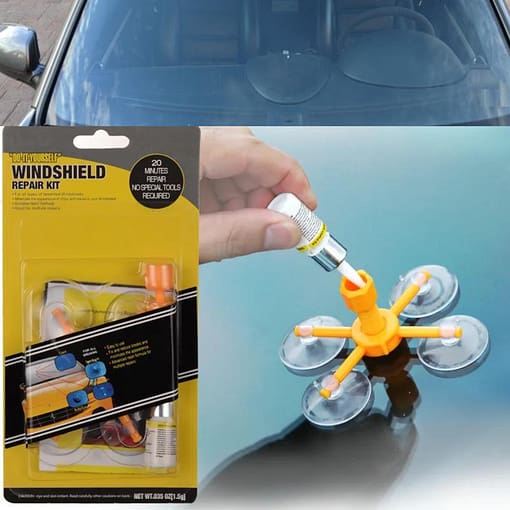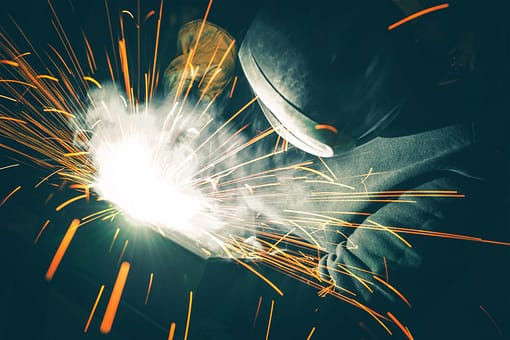If you’re a DIY enthusiast who loves tackling projects around the house, you’ll know that dust and fumes can be unavoidable nuisances. Whether you’re sanding, painting, or using chemicals, it’s important to prioritize your health and protect yourself from potential hazards. So, what exactly are some good ways to shield yourself from those pesky particles and noxious fumes? In this article, we’ll explore a range of effective strategies to keep you safe and breathing clean air, allowing you to fully enjoy your DIY endeavors without compromising your well-being. When it comes to DIY projects, protecting yourself from dust and fumes is crucial for your safety and well-being. In this article, we will discuss a comprehensive set of guidelines to help you choose the right protective equipment, ensure proper ventilation, control dust at the source, prevent fumes and gas exposure, keep your work area clean, be mindful of power tools, and use materials and products with low emissions. We will also emphasize the importance of taking breaks, monitoring your health, educating yourself and others, and staying updated with safety standards.
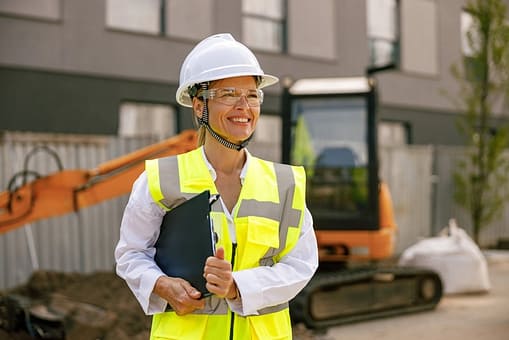
Choose the Right Protective Equipment
Wear a Dust Mask
Dust masks are essential for filtering out airborne particles, such as dust and debris, that could be harmful if inhaled. When selecting a dust mask, opt for one that is labeled N95 or higher, as these provide the best filtration. Ensure that the mask fits securely over your nose and mouth, forming a tight seal to prevent any particles from entering.
Use Safety Goggles
Safety goggles protect your eyes from potential hazards, including dust, debris, and chemicals. It is important to wear goggles that have a snug fit and provide full coverage to shield your eyes effectively. By wearing safety goggles, you can prevent eye injuries and maintain clear vision throughout your DIY project.
Protective Gloves
Your hands are often in direct contact with the materials and substances you are working with. To protect your hands from cuts, abrasions, and potentially harmful chemicals, it is crucial to wear protective gloves. Look for gloves made from durable materials such as leather or nitrile, and choose the appropriate type for the specific task you are doing.
Coveralls or Apron
Coveralls or an apron can safeguard your body from dust, spills, and chemicals. They provide an additional layer of protection over your clothing, keeping them clean and protecting your skin from potential irritants. Choose coveralls that fit well and are made from water-resistant or chemical-resistant materials, depending on the nature of your DIY project.
Ear Protection
Some DIY projects involve loud noises, such as using power tools or operating machinery. Prolonged exposure to high noise levels can lead to hearing damage. To protect your ears, use earplugs or earmuffs that are designed to reduce noise levels. Ensure that the ear protection fits comfortably and effectively blocks out excessive noise.
Ensure Proper Ventilation
Work in Well-Ventilated Areas
Whenever possible, choose to work in well-ventilated areas. Good airflow helps to dissipate any fumes, dust, or airborne particles that may be generated during your DIY project. Open windows and doors to allow fresh air to circulate, and consider setting up your workspace near a natural source of ventilation, such as a window.
Open Windows and Doors
If working indoors, opening windows and doors can significantly improve ventilation. This allows fresh air from outside to enter the space, diluting and removing any potentially harmful particles or fumes. Be mindful of weather conditions and adjust the openings accordingly to maintain a comfortable and safe working environment.
Use Fans or Ventilation Systems
In situations where natural ventilation is insufficient, you may need to employ fans or ventilation systems to improve airflow. Positioning fans strategically can help direct airflow towards areas where dust or fumes are being generated, effectively removing them from your immediate breathing space. If available, consider using local exhaust ventilation systems specifically designed for removing contaminants at the source.
Control Dust at the Source
Use Dust Collection Systems
Dust collection systems are highly effective in minimizing airborne dust during DIY projects. These systems typically consist of a vacuum or dust extractor that captures and collects dust particles as they are produced. Connect your power tools or machinery to the dust collection system to effectively control dust at the source and maintain a clean and safe working environment.
Wet Methods for Dust Suppression
For certain DIY tasks that generate a large amount of dust, consider using wet methods for dust suppression. This involves wetting down the surfaces or materials before you begin working. Spraying water or using a misting system can help weigh down the dust particles, preventing them from becoming airborne and reducing the risk of inhalation.
Minimize Dust Generating Activities
One of the most effective ways to control dust is by minimizing activities that generate excessive amounts of it. Keep the work area clean and tidy, and take precautions to avoid creating unnecessary dust. For example, consider using pre-cut materials instead of cutting them on-site or use dust covers on furniture or belongings to prevent dust buildup.
Prevent Fumes and Gas Exposure
Use a Respirator for Gaseous Substances
When working with gaseous substances or volatile chemicals, wearing a respirator is essential to protect yourself from inhaling harmful fumes. Respirators come in various types, including cartridge or canister respirators, which filter out specific gases, and powered air-purifying respirators, which provide a continuous supply of filtered air. Choose a respirator that is specifically designed for the substances you will be working with.
Avoid Working with Toxic Chemicals
One of the best ways to protect yourself from harmful fumes is to avoid working with toxic chemicals altogether. Whenever possible, seek alternative, non-toxic materials or opt for DIY projects that do not involve hazardous substances. If working with chemicals is necessary, ensure that you are familiar with their proper handling procedures and use them in a well-ventilated area.
Ensure Adequate Ventilation
In addition to wearing a respirator, ensure that you are working in an adequately ventilated space when dealing with fumes and gases. Proper ventilation helps to disperse and remove any potentially harmful airborne substances. If ventilation is insufficient, consider using additional measures, such as a fume hood or a portable air purifier, to further improve air quality.
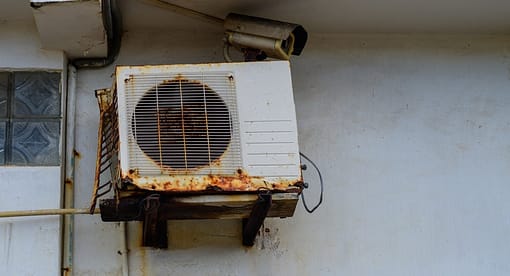
Keep Your Work Area Clean
Regularly Clean Up Dust and Debris
Maintaining a clean work area is crucial for minimizing the risk of exposure to dust and debris. Regularly clean up any accumulated dust or debris using a damp cloth or vacuum cleaner with a HEPA filter. By eliminating dust and debris promptly, you reduce the chances of it becoming airborne and entering your respiratory system.
Properly Dispose of Hazardous Materials
When handling hazardous materials, it is important to dispose of them properly. Follow local regulations and guidelines for the safe disposal of substances that may be harmful to human health or the environment. Store these materials in designated containers and contact your local waste management facility for guidance on disposing of them safely.
Implement a Cleaning Routine
Establishing a cleaning routine is an effective way to maintain a tidy and safe working environment. Set aside time before and after each DIY project to clean and organize your tools, equipment, and workspace. Regularly inspect and clean ventilation systems, filters, and dust collection systems to ensure they are functioning properly and effectively.
Be Mindful of Power Tools
Choose Tools with Dust Extraction
When using power tools, select those that have built-in dust extraction or that can be connected to a dust collection system. These tools are designed to capture dust at the source, minimizing the amount of airborne particles generated. Investing in tools with dust extraction capabilities greatly reduces the risk of dust-related health issues and promotes a cleaner working environment.
Follow Manufacturer’s Safety Guidelines
Always adhere to the manufacturer’s safety guidelines and recommendations when operating power tools. Familiarize yourself with the proper use and maintenance of each tool, and follow all safety instructions provided. This includes using any safety guards or features that are designed to protect you from potential hazards and wearing appropriate personal protective equipment.
Keep Tools Well-Maintained
Regular maintenance of your power tools is essential for their safe and efficient operation. Keep them clean, inspect them for any damage, and promptly repair or replace any faulty parts. Properly maintained tools are less likely to malfunction or create additional risks during your DIY projects.
Use Materials and Products with Low Emissions
Opt for Low VOC Paints and Adhesives
When selecting paints and adhesives for your DIY projects, opt for products with low volatile organic compound (VOC) emissions. VOCs are chemicals that can evaporate at room temperature and contribute to indoor air pollution. Low VOC paints and adhesives are generally safer to use and have reduced harmful effects on air quality and your health.
Choose Eco-Friendly Materials
Minimize the environmental impact of your DIY projects by choosing eco-friendly materials. Look for products made from sustainable and renewable resources, such as bamboo or reclaimed wood. Eco-friendly materials are often produced using fewer harmful chemicals and processes, promoting a healthier living environment.
Read Labels for Emission Information
Before purchasing any materials or products, read the labels carefully to check for emission information. Look for certifications or labels that indicate low emissions or environmentally-friendly manufacturing processes. Understanding the emission levels of the materials you use allows you to make informed decisions and select safer options for your DIY projects.
Take Breaks and Monitor Your Health
Avoid Prolonged Exposure
Prolonged exposure to dust, fumes, and other hazards can significantly impact your health. Whenever possible, take breaks during your DIY projects to rest and give your body a chance to recover. Stepping away from the work area allows you to breathe fresh air, reducing the risk of prolonged exposure to potentially harmful substances.
Pay Attention to Symptoms
It is important to be mindful of any symptoms you may experience during or after your DIY projects. Signs of respiratory issues, eye irritation, headaches, or nausea should not be ignored. If you notice any unusual symptoms or discomfort, it is essential to address them promptly and seek medical attention if necessary.
Seek Medical Help if Necessary
If you experience persistent or severe symptoms related to dust or fume exposure, seek medical help. A healthcare professional can assess your condition, provide appropriate treatment, and offer guidance on how to prevent future health issues. Do not hesitate to consult with a healthcare professional if you have concerns about your well-being.
Educate Yourself and Others
Stay Informed about Potential Hazards
Continuously educate yourself about the potential hazards associated with different DIY projects. Stay updated on new safety guidelines, regulations, and best practices. Resources such as books, online tutorials, and safety websites provide valuable information that can help you make informed decisions and protect yourself while working on DIY projects.
Train and Educate DIY Project Participants
If you are working with others on a DIY project, ensure that everyone involved receives proper training and education regarding safety practices. Provide guidance on the use of personal protective equipment, the proper handling of tools and materials, and the importance of maintaining a safe working environment. By sharing knowledge and promoting safety, you create a culture of awareness and reduce the risk of accidents or injuries.
Share Safety Tips with Others
In addition to educating those directly involved in your DIY projects, share safety tips with others in your community. Whether through social media, community groups, or conversations with friends and family, promote the importance of protecting oneself from dust and fumes during DIY projects. By raising awareness and sharing valuable information, you contribute to a safer and more responsible DIY community.
Stay Updated with Safety Standards
Keep Abreast of Local Safety Regulations
Maintaining awareness of local safety regulations is crucial when engaging in DIY projects. Safety regulations can vary depending on your location and the nature of the project. Familiarize yourself with local codes and guidelines that govern the use of personal protective equipment, ventilation requirements, and safe practices. Adhering to these standards ensures that your DIY projects are conducted in a manner that protects both you and those around you.
Stay Informed about Safety Guidelines and Best Practices
Safety guidelines and best practices are constantly evolving as new research and technologies emerge. Stay informed by regularly accessing reputable sources of information such as safety manuals, government publications, and industry-specific websites. By staying up-to-date, you can adapt your safety measures to align with current best practices, ensuring that you are utilizing the most effective protective measures.
Attend Safety Training Workshops
Attending safety training workshops or courses can provide valuable insights and practical knowledge regarding dust and fume protection during DIY projects. Look for workshops offered by reputable organizations or safety professionals in your area. These workshops often cover topics such as personal protective equipment usage, safe ventilation practices, and risk assessment techniques. By actively seeking out these learning opportunities, you can enhance your skills and apply the latest safety techniques to your DIY projects.
In conclusion, protecting yourself from dust and fumes during DIY projects is of utmost importance for your health and safety. By choosing the right protective equipment, ensuring proper ventilation, controlling dust at the source, preventing fumes and gas exposure, keeping your work area clean, being mindful of power tools, using materials and products with low emissions, taking breaks, monitoring your health, educating yourself and others, and staying updated with safety standards, you can significantly reduce the risk of respiratory issues, eye irritation, and other health concerns associated with DIY projects. Remember, safety should always be your top priority, and by following these guidelines, you can create a safe and enjoyable DIY experience.
